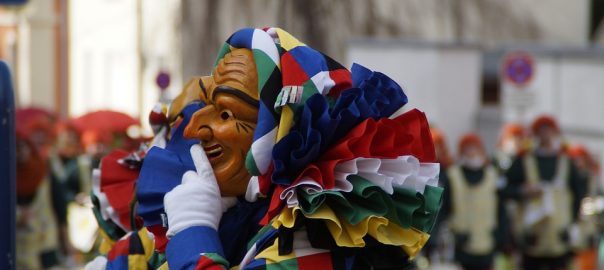D
It’s generally accepted that April Fools’ Day dates back to Roman times, but it really became established as part of folk culture in the middle ages, when entire villages would dress as sheep and graze on the carpets of the nearest baronial hall before being roasted over a giggle spit at the end of the day.
Probably the most famous April Fools’ hoax was the report on spaghetti trees broadcast by BBC’s Panorama in 1957, and the credibility engendered by its inclusion in an otherwise serious current affairs programme saw a significant rise in the number of older people becoming involved in the tradition.
Today, almost 58% of over-65s admit to playing some form of harmless joke on family, friends or complete strangers and according to the website aprilonederful.arf-arf, the most popular pranks of 2017 were
Telling your children their inheritance has gone on a Harley Davidson, a round-the-world cruise and a beach hut on Mudeford Spit
Digging a pit for the milkman to fall into and leaving a note at the bottom saying “No milk today, thanks”
Shaving a neighbour’s cat and wearing the pelt as a toupee or beard (particularly amusing if ginger cats are used)
Arranging a ploughing match on the local bowling green
Serving a courgette

